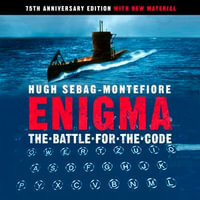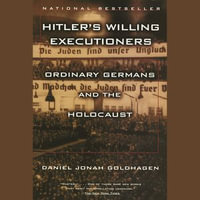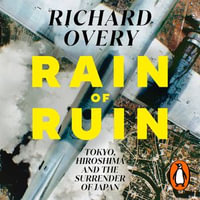The concept of the "fighter ace" emerged during the early days of aerial warfare, capturing the imagination of the public and military strategists alike. A fighter ace, typically defined as a pilot who has achieved five or more confirmed aerial victories, became a symbol of skill, bravery, and national pride during World War II. These men and women were not only warriors of the sky but also icons of an evolving form of combat that would change the course of modern warfare.
World War I introduced the world to aerial dogfights, with pilots like Manfred von Richthofen, famously known as the "Red Baron," becoming household names. By the time World War II erupted, the art and science of air combat had evolved dramatically. Advancements in aircraft technology, tactics, and strategy led to the emergence of a new generation of fighter aces who would dominate the skies. From the skies over Europe to the vast expanse of the Pacific, these pilots played a pivotal role in shaping the outcome of the war.
The rise of the fighter ace was closely tied to the rapid development of aviation during the interwar period. Nations raced to design faster, more maneuverable, and better-armed aircraft, setting the stage for the intense aerial battles of the 1930s and 1940s. Fighter pilots were trained to master these technological marvels, combining instinctive reflexes with rigorous discipline. They became the elite warriors of their respective air forces, often celebrated as heroes at home and feared by their enemies in the skies.
























